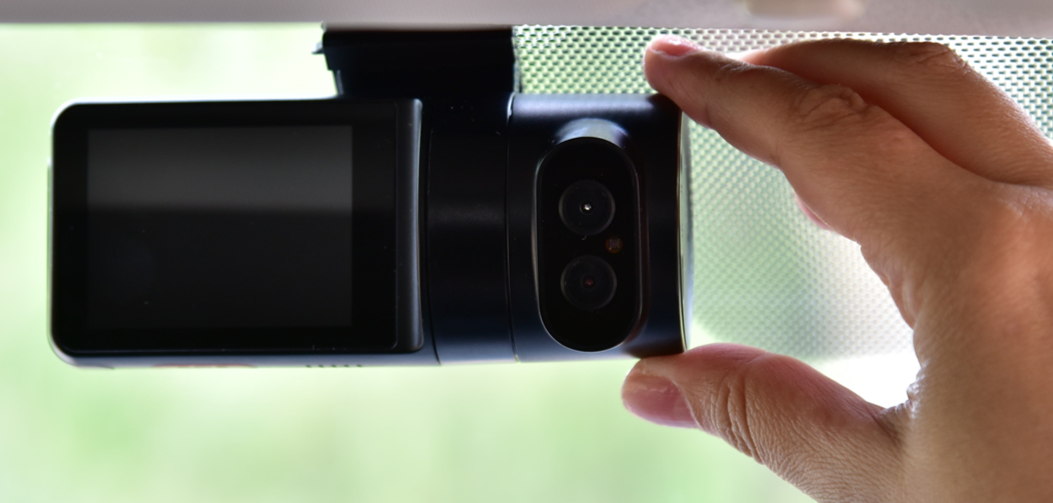A fleet safety program isn’t simply a list of rules and regulations that help you maintain road compliance; the right program has policies in place to keep your drivers safe and prevent accidents before they happen.
Fleet vehicle accidents are among the most costly for businesses. Without a formal safety program, you may be putting the welfare of your employees and company at risk.
In this article, we’ll discuss safety policies; how they work, what they look like, and why having a fleet safety program for your business is essential.
Why Rules Don’t Guarantee Fleet Safety
Accident prevention comes down to more than just rules.
Drivers are human, capable of making mistakes. They may fall victim to scenarios outside of their control, or may not always exercise good judgment themselves.
Safety policies emphasize the importance of making safe decisions – it’s ultimately up to your training program and individual drivers to follow through.
What Is a Fleet Safety Policy?
A fleet safety policy is a set of rules and guidelines that address how a company’s vehicles should be operated, and how safety operations should be handled. They create standards that operators must follow to reduce the risk of injury or getting into an accident while on the job.
Why Implement a Fleet Safety Policy?
Fleet safety policies come in a lot of forms, but always have one thing in common: definitive rules and expectations that drivers must adhere to, many of which can mean the difference between success and disaster as a business.
Below is a breakdown of three key reasons why every fleet should have a safety policy in place.
1. Prevention
The most obvious reason for having a safety policy is to promote good practices and reduce the risk of accidents. By providing a clear set of expectations and guidelines, you can ensure that your drivers are aware of what is required in order to operate safely.
2. Accountability
Safety policies hold your drivers accountable for their actions. If an accident does occur, you can refer to the policy to determine if negligence was a factor. This can help you to evaluate your drivers and determine whether further training is necessary.
3. Liability
Having a safety policy in place will reduce your financial liability if an accident occurs. Without one, your company could face serious legal and financial repercussions if it is discovered that the accident was preventable.
Four Fundamental Elements of a Fleet Safety Policy
While most policies can – and in many cases, should – differ from one another, they should always cover the following four main areas: journey management, drugs and alcohol, distracted driving, and seatbelts.
Journey Management
Journey management refers to the work that goes into supporting transport operations. This includes factors such as scheduling, pre and post-trip vehicle inspections, routes, and emergency procedures.
It’s important to have this information outlined in your safety policy, as it will help ensure that all drivers are aware of what is expected and how to handle emergency situations.
Drugs and Alcohol
Even though the law requires drug and alcohol testing in many areas, it’s important to have a policy that outlines what is expected of your drivers, and the consequences of not following policy.
This should include information on drug and alcohol testing, acceptable behaviour with regards to the consumption of alcohol or drugs, and how violations will be handled.
Distracted Driving
Distracted driving can significantly increase the risk of an accident. Your safety policy should outline what types of behaviour are considered “distracted”, and how violations will be handled.
This includes things like using phones, eating or drinking, drowsiness while driving, and other distractions that can take a driver’s attention away from the road.
Seatbelts
All too many drivers disregard the use of seatbelts while on the road – and their actions can have deadly consequences.
It’s essential that your drivers are aware of the importance of buckling up before every trip, and that you have a policy in place that outlines the consequences of not wearing a seatbelt.
Having a safety policy in place for your fleet is essential for keeping your drivers and the people around them safe. By being proactive, you can ensure that your business has the necessary procedures in place to reduce accidents on the road and stay competitive.


